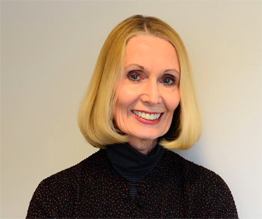Valerie Hannon is a global thought leader, inspiring systems to re-think what ‘success’ will mean in the C 21st, and the implications for education. The co-founder of both Innovation Unit and of the Global Education Leaders Partnership, Valerie is a radical voice for change, whilst grounded in a deep understanding of how education systems currently work.
After a distinguished career within education, Valerie now works independently to support change programs across the world. She has advised governments and worked with systems and schools on every continent, working with some of the most challenged as well as the leaders in education innovation.
Valerie advised the OECD on its Education 2030 project. She is a regular keynote speaker and facilitator at international conferences and workshops, drawing upon her substantial research and publications.
Valerie was the Australian Learning Lecturer for 2020 on the subject of The Future School. The resulting book FutureSchool is published by Routledge. In 2021 she received the Edufuturists’ award for Outstanding Achievement in Education.
Valerie is the Chair of the Haringey Education Partnership and a Trustee of Apps For Good.
Sessions:
Keynote: Thriving as purpose
Giving careful, fresh thought to overall purpose is the key to finding coherence - as well as dynamism and energy - in strategic planning. In this keynote session, Valerie will outline how re-thinking what thriving means in the conditions of the C21st can underpin a new sense of direction to schools; and how it can draw together seemingly disparate themes such as DEI, sustainability and well-being
Transforming schools through design (session will be repeated)
If 'thriving' constitutes the answer to 'why?', this workshop outlines an answer to the question 'how?' Drawing on her research for the recently published book FutureSchool (Routledge 2022) Valerie will show how schools around the world are adopting design principles to move towards becoming organisations that are fit for the future. She will outline strategies and approaches that these schools are using, and consider how these might be adapted in the SGIS context.



